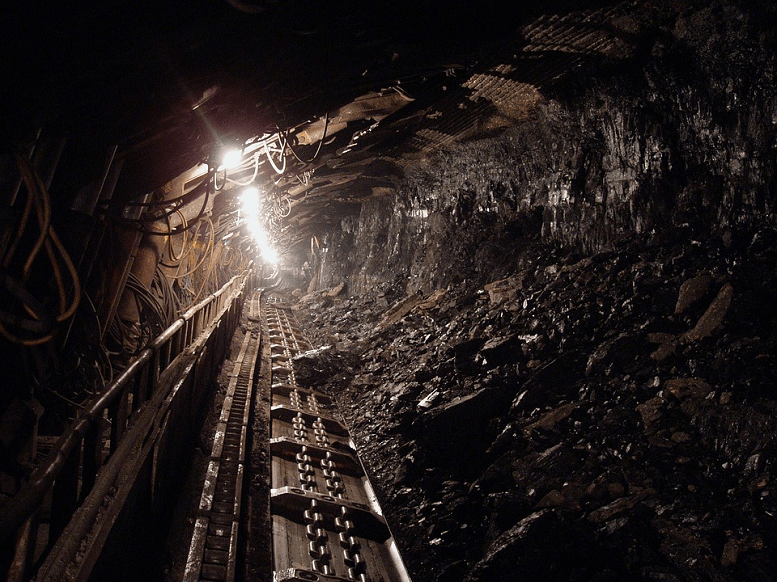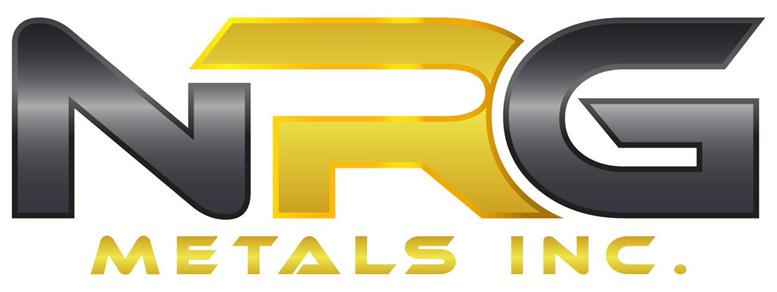The troubles that companies with large electric vehicle production plans face are advantageous for growth and revenue for junior cobalt/lithium mining companies like LiCo Energy Metals (TSX.V:$LIC; OTCQB:$WCTXF). LiCo is currently set to become highly successful thanks to a new project in Chile that comes amidst an unstable future supply for both cobalt and lithium — two of the most important minerals presently.
You might have heard to invest in lithium as many analysts have predicted a shortage of supply due to rising demand driven by the thriving electric vehicle industry. It is easy to identify lithium as its name is in the now largely produced and demanded lithium-ion batteries.Thus, you might be surprised to hear that cobalt — another metal essential to making lithium-ion batteries — is just as important, if not more, as lithium. For example, Tesla’s (NASDAQ:$TSLA) lithium-ion batteries for its electric vehicles actually uses more cobalt than lithium.
As the world shifts towards more renewable energy, it seems that the use of lithium-ion batteries are gaining more traction thanks to its status as a rechargeable battery. As such, LiCo Energy Metals looks like the company to watch out for as it acquires the Purickuta project — an exploitation located near some of the biggest producers of the world’s cheapest and highest-grade lithium.
LiCo’s exploration in cobalt and lithium is an important thing to keep an eye on, especially since both metals have such dwindling supplies. Below are some more reasons why you should keep an eye on this small-cap company set to rocket in the years to come.
1. Already Set to Produce Cobalt
With the majority of the global cobalt supply produced by the politically unstable Democratic Republic of Congo (DRC), a steady and less-precarious supply chain is largely needed right now. Mines in the DRC have been weighed down by claims of unsafe working conditions and child labour — leaving many companies tied up when it comes to where to get their cobalt. This is where LiCo steps in: the exploration company’s Teledyne Cobalt Project is an advanced-stage mining project located in Ontario, Canada could be the solution to many electric vehicle producers. Already, it has about Canadian$25 million in inflation-adjusted infrastructure.
LiCo’s cobalt project becomes even more valuable when you weigh in the fact that about 95% of all cobalt is produced as a byproduct of copper and nickel mining. This makes the cobalt supply extremely dependent on the demand of copper and nickel, making cobalt hard to acquire at a good price.
Additionally, the rising demand speaks for itself. According to the Cobalt Development Institute (CDI), the battery industry only accounted for around 41% of global cobalt demand in 2015. However, in the next 10 years, the CDI project the demand to rise to 65% — an unsustainable number if cobalt mining remains where it is now. As such, many junior mining companies are trying to uncover some new cobalt properties.
2. Cobalt and Lithium: The Pair that Can’t Go Wrong
Besides a cobalt exploration project and the newly-acquired Purickta project in Chile , LiCo also has two lithium projects in early-stage developments. The Dixie Valley Exploration Project and the Black Rock Desert Project are both located in Nevada, prepared to play a large part in the predicted future U.S. lithium boom. LiCo currently holds 348 placer claims over 7,000 acres in Dixie Valley, and 128 placer claims over 2,600 acres in Black Rock. The project at Black Rock is currently subjected to tsx venture approval.
The fact that both projects are located in Nevada shows immense potential. In the Clayton Valley area and beyond, there are highly prospective lithium grounds all over. Nevada is also where the U.S.’s only lithium production mine is located: the Silver Peak Mine owned by Albermarle (NYSE:$ALB). Additionally, the state is also where Tesla’s first gigafactory — a mega-factory specifically constructed to produce the lithium-ion batteries used in its electric vehicles — is located.
3. On the Edge of Major Supply Deficit
Thanks to rising spot prices in China, high demand for lithium batteries, and power storage solutions, many are concerned that problems regarding supply deficit is coming up just on the horizon.
Tesla has taken over the U.S.’s electric vehicle market as public anticipation increases for its new Model 3 car. In Norway, electric vehicles have already entered the profit stage. Similarly, Netherlands is about to follow Norway and enter profit stage with its electric vehicles thanks to laws that require all cars in the country to be electric by 2025.
Besides Tesla, other major automobile companies are experiencing an up in their electric vehicle sales as well. Volkswagen (OTCPK:$VLKAY), for example, anticipate that about 25% of its car sales will be made up of Electric Vehicles. By 2020, the World Energy Council has projected that around 1 in every 6 cars sold will be an electric vehicle. By 2022, electric vehicles will be cheaper than traditional automobiles, according to Bloomberg.
With electric vehicles rising in popularity, more and more lithium-ion batteries will be needed. As such, it’s not just Tesla who is in the midst of producing such batteries. Major companies such as LG Chem (OTC:$LGCEY), Foxconn (TPE:$2354), BYD (OCTPK:$BYDDY), and Boston Power (traded privately) are also constructing new battery factories.
As electric vehicle demand rises and companies build more battery factories, it doesn’t seem like lithium and cobalt supply will be able to keep up without the success of junior mining and exploration companies. With both cobalt and lithium projects in development, LiCo is well positioned to come out on top in this energy revolution.
4. Rising Spot Prices
Since March 2016, spot prices of cobalt has increased by 40%. Prices have risen from US$10.80 per pound of cobalt to US$13.40 per pound.
The increase in price comes as a turnaround when compared to 2015, when cobalt prices fell quarter-by-quarter. It wasn’t until Q2 and Q3 of 2016 did prices recover. Now, prices are sailing between US$13 and US$14 per pound. While the rise in price is no doubt affected by some of the temporary shutdowns of key mines, soaring demand and projected deficits are no doubt driving up cobalt prices as well.
For lithium, its spot prices tripled in the beginning of 2016 before settling down slightly. While prices have had a few rises and falls, demand for the mineral continues to grow. Since 2010, the lithium market grew by 10,000 tonnes per year, and in 2015 lithium consumption tripled.
In 2017, based on current contract negotiations, analysts are expecting an average contract price of over U.S.$ 10,000 for lithium hydroxide and over U.S. $15,000 for lithium carbonate.
With increase in spot prices for both lithium and cobalt, it is no doubt that LiCo will be able to profit greatly once production begins.
5. Strategy is Key
A lot of people know about the lithium boom, but not many knows about cobalt. Cobalt remains the key to standing out in the mass of junior mining companies. For LiCo, the junior mining company is in a special position where it holds projects of two main sources — lithium and cobalt — responsible for the energy revolution that is lithium-ion batteries. As such, it not only stands out for holding a cobalt project, many will flock to the company because of its lithium projects as well. Additionally, LiCo understands that for now, exploration and finding new supply for both these metals is critical for success.
LiCo currently holds Canadian$1.8 million in its treasury, and is spending Canadian$700,000 for an exploration program on its cobalt property. What’s unique about LiCo’s cobalt project is that the property is a 100% cobalt mine — thus the cobalt produced won’t be from a byproduct of copper or nickel mining. These kinds of mines is exactly what lithium-ion battery companies are looking for.
Besides its developing mines in North America, LiCo also knows to expand further with the acquisition of an exploration project located at one of Chile’s most prized lithium development areas, the Salar de Atacama. The Salar de Atacama is responsible for around 37% of the global lithium production. LiCo has acquired around 60% interest in the Purickuta Project — of which the property is already being considered for TSXV approval.
Not only is the Purickuta Project one of the few exploitation projects in the area besides one owned by Sociedad Quimica y Minera (NYSE:$SQM) and another owned by the Chilean Economic Development Agency (CORFO), the Purickuta is also surrounded by major lithium mining. Just 22 km south-east of the project, both major mining companies SQM and Albemarle own large lithium production mines. Combined, the mines produce over 62,000 tonnes of lithium carbonate equivalent annually, accounting for 100% of Chile’s current lithium output.
Additionally, the lithium at Salar de Atacama is easier and cheaper to produce when compared to other areas of the world. As a result, LiCo now has a low-cost resource with a project that is very near ready for production. In particular, the new acquisition by LiCo has set the company up to own and produce some of the highest-grade lithium in the world, with the site being close to already-existing pumping, solar evaporation installations, power, labor, transportation, and other infrastructures due to Purickuta Project’s close proximity to other production facilities and exploitation projects.
Summary
With strategically acquired lithium exploration targets in Nevada and Chile as well as a pure-cobalt production project in progress, LiCo is definitely a junior mining company to think about investing in. Being the best of both worlds in both cobalt and lithium production, LiCo will most likely be greatly rewarded in the near future as supplies dwindle in the wake of high demand.
Featured Image: Licoenergymetals.com







